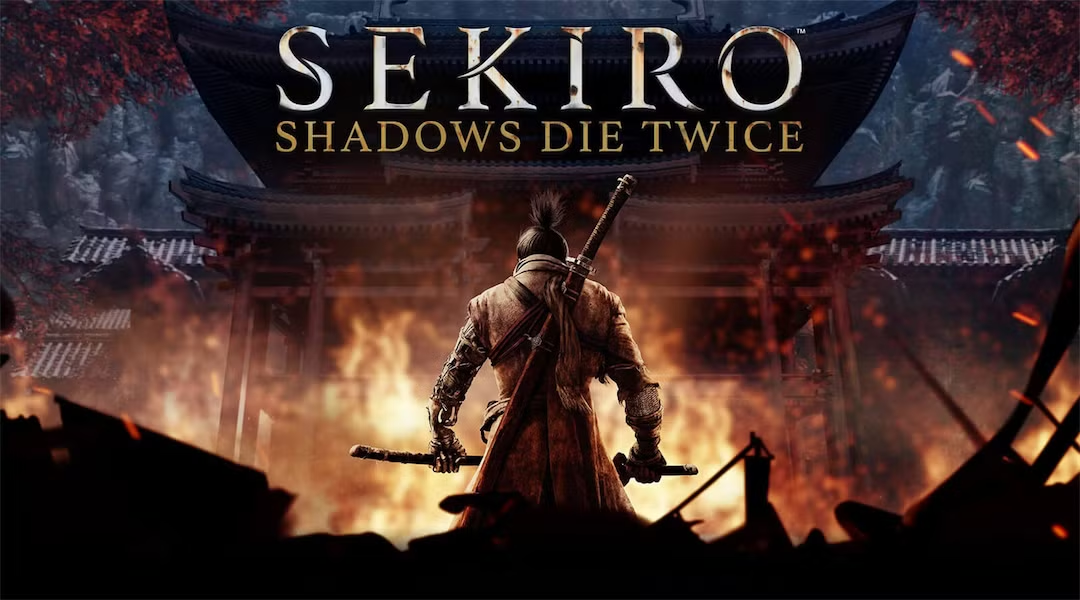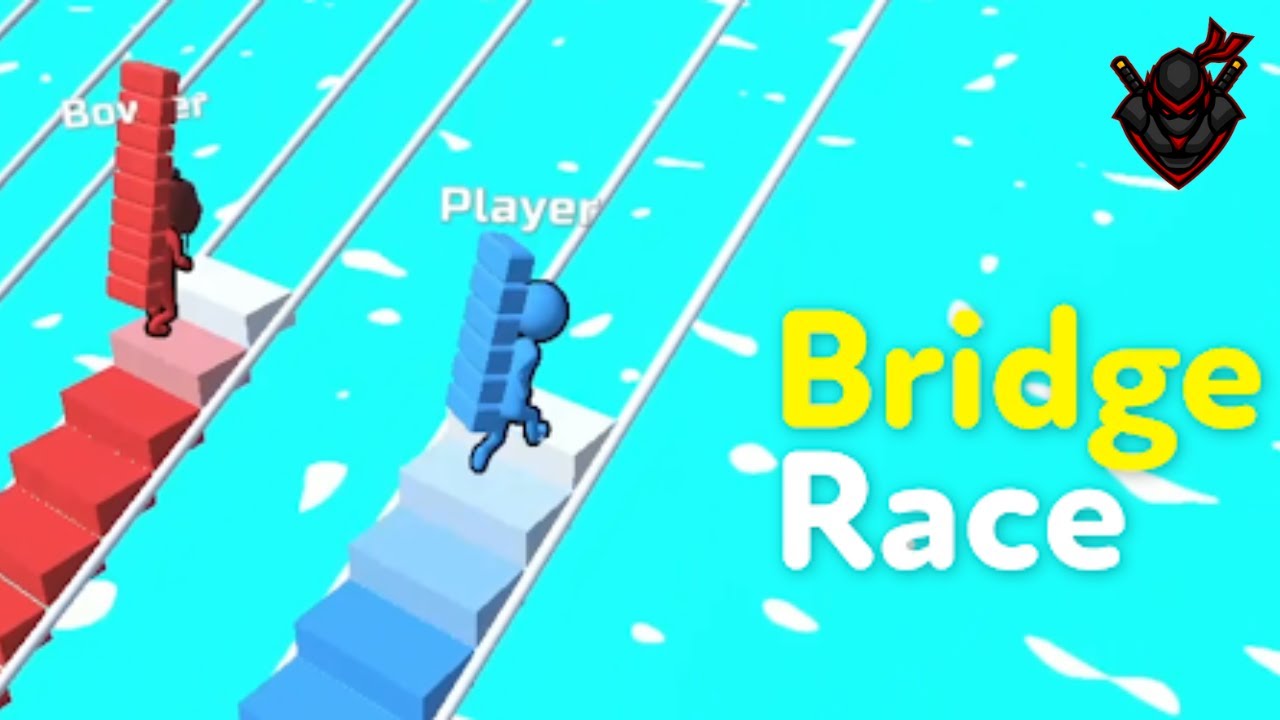Introduction
Sekiro: Shadows Die Twice, developed by FromSoftware and published by Activision, has made a profound impact on the gaming industry since its release in March 2019. Known for its challenging combat, immersive world, and rich storytelling, the game stands out as a unique entry in the genre of action-adventure games. In this article, we will explore the gameplay mechanics, narrative, and world-building of Sekiro, as well as its significance in the gaming landscape.
The Story and Setting of Sekiro: Shadows Die Twice
An Immersive Feudal Japan Setting
Sekiro: Shadows Die Twice is set in a reimagined version of Japan during the Sengoku period. The game’s protagonist, known as the “One-Armed Wolf,” is a skilled shinobi who embarks on a quest to rescue his kidnapped lord, Kuro, and seek revenge on the enemies who wronged him. The game’s narrative is steeped in themes of loyalty, honor, and the consequences of immortality, which gives it a deeply emotional core.
The game’s setting is beautifully designed, with lush landscapes ranging from dense forests and towering mountains to dark, eerie temples and villages. FromSoftware’s signature art direction shines here, blending stunning visual design with historical inspiration to create an atmosphere that feels both familiar and otherworldly.
Key Plot Elements and Characters
The central plot of Sekiro revolves around the protagonist’s search for his kidnapped master, Kuro, who is the heir to the Dragon’s Blood, a mystical bloodline that grants immortality. Along the way, the One-Armed Wolf encounters various characters, each with their own motivations, allegiances, and histories. Some allies aid in his quest, while others stand as adversaries in his way.
- The One-Armed Wolf (Sekiro): The player’s character, a shinobi with a tragic past, who is deeply connected to Kuro and driven by a sense of duty.
- Kuro: The young lord whose bloodline is the key to immortality and whose capture sets the events of the game in motion.
- Owl: Sekiro’s mentor turned antagonist, who plays a pivotal role in shaping the protagonist’s journey.
The dynamic interactions with these characters propel the narrative forward, creating a story that is both personal and larger-than-life.
Gameplay Mechanics of Sekiro: Shadows Die Twice
Challenging Combat System
One of the key features of Sekiro: Shadows Die Twice is its combat system. Unlike other FromSoftware games such as Dark Souls or Bloodborne, Sekiro shifts the focus away from traditional RPG elements like leveling up weapons or stats. Instead, the emphasis is placed on precise timing, parrying, and learning enemy patterns. The combat is fast-paced, unforgiving, and deeply rewarding for players who invest time into mastering its mechanics.
Posture and Stamina Mechanics
In Sekiro, posture is the core mechanic that drives combat. Both Sekiro and his enemies have a posture meter, which is built up through continuous blocking and attacking. When an enemy’s posture is broken, the player can perform a “death blow” for massive damage, potentially finishing off the opponent in one swift move. This system shifts the combat focus from managing health to managing posture, forcing players to react quickly to their surroundings and strike with precision.
The game also introduces a new stamina mechanic, where actions such as running, dodging, and attacking consume stamina. Managing stamina is crucial in combat, as running out leaves the player vulnerable to enemy attacks.
The Prosthetic Arm: A Versatile Tool
Another unique element in Sekiro is the prosthetic arm, which replaces the protagonist’s lost limb. This prosthetic is not just for show; it serves as a versatile tool that can be equipped with various attachments to aid in exploration and combat. From a shield to a grappling hook, the prosthetic arm opens up different gameplay strategies and allows for creative problem-solving. The versatility of the arm is also crucial for unlocking new combat tactics and exploration opportunities.
The World of Sekiro: Shadows Die Twice
Exploration and Level Design
Sekiro’s world is intricately designed, with a blend of verticality, hidden paths, and interconnected zones. The game encourages exploration through its non-linear level design, which rewards players with secret areas, valuable items, and lore-rich environments.
The presence of a grappling hook, another function of the prosthetic arm, is key to this exploration. Players can traverse walls, ceilings, and other vertical surfaces to discover new paths and shortcuts. The game’s map is sprawling and layered, with different environments offering unique challenges and enemies.
The Importance of Stealth and Strategy
In addition to its challenging combat, Sekiro also incorporates stealth mechanics. Players can sneak past enemies, utilize distractions, and execute stealth kills. These elements create a balance between action and strategy, allowing players to approach situations in multiple ways.
Moral Choices and Multiple Endings
Sekiro introduces a moral dilemma through the choices the player makes, particularly regarding the fate of Kuro and his immortality. The game features multiple endings, each shaped by the player’s actions and decisions throughout the story. These endings range from tragic to hopeful, with the consequences of immortality and loyalty weighing heavily on the narrative.
The Legacy of Sekiro: Shadows Die Twice
A Game that Redefined Difficulty
Sekiro: Shadows Die Twice is widely regarded as one of the most challenging games of its time. Its difficulty is not simply a matter of being hard for the sake of it; the game’s design encourages players to learn, adapt, and grow through trial and error. Unlike other action games, which often offer difficulty settings to accommodate a wider audience, Sekiro’s difficulty is baked into its design. Every battle is a test of patience, skill, and strategy.
Winning the Game of the Year Award
The difficulty, paired with its narrative depth, innovative mechanics, and stunning world design, earned Sekiro: Shadows Die Twice several accolades, including the prestigious Game of the Year Award at The Game Awards 2019. The game’s success cemented its place in gaming history, with many considering it a defining title of the generation.
Sekiro’s Impact on the Industry
The game’s influence extends beyond its individual success. Sekiro: Shadows Die Twice has inspired a new wave of games that prioritize challenging, skill-based combat over accessible difficulty. Titles such as Ghost of Tsushima and Nioh 2 have incorporated elements of Sekiro’s combat, while maintaining their unique takes on the genre.
Conclusion: Why Sekiro: Shadows Die Twice Remains a Milestone in Gaming
Sekiro: Shadows Die Twice is much more than a game; it’s an experience that demands player engagement and rewards them with a sense of accomplishment. The combination of its punishing combat, deep narrative, and stunning world-building makes it a standout in the action-adventure genre. From its intense boss battles to its intricate level design, Sekiro continues to be a touchstone for gamers seeking both a challenge and a rich, emotional story.
As we look to the future of gaming, Sekiro’s legacy will undoubtedly inspire many future titles, not just in the action-adventure genre but in the broader landscape of game design. Its innovation, intensity, and unforgettable world ensure that it will remain a beloved title for years to come.
By offering a fresh take on difficulty and narrative, Sekiro has solidified its place in the pantheon of great video games, proving that Shadows Die Twice, but their impact can live forever.


